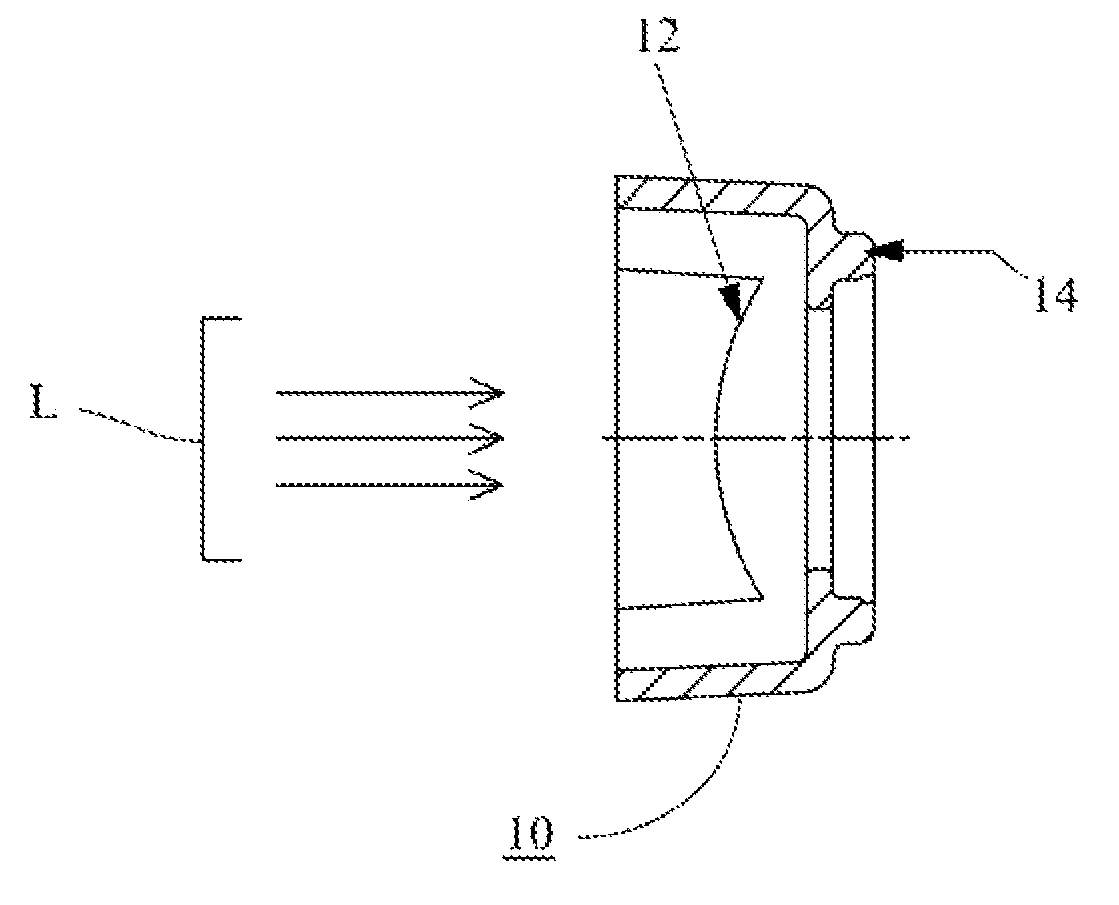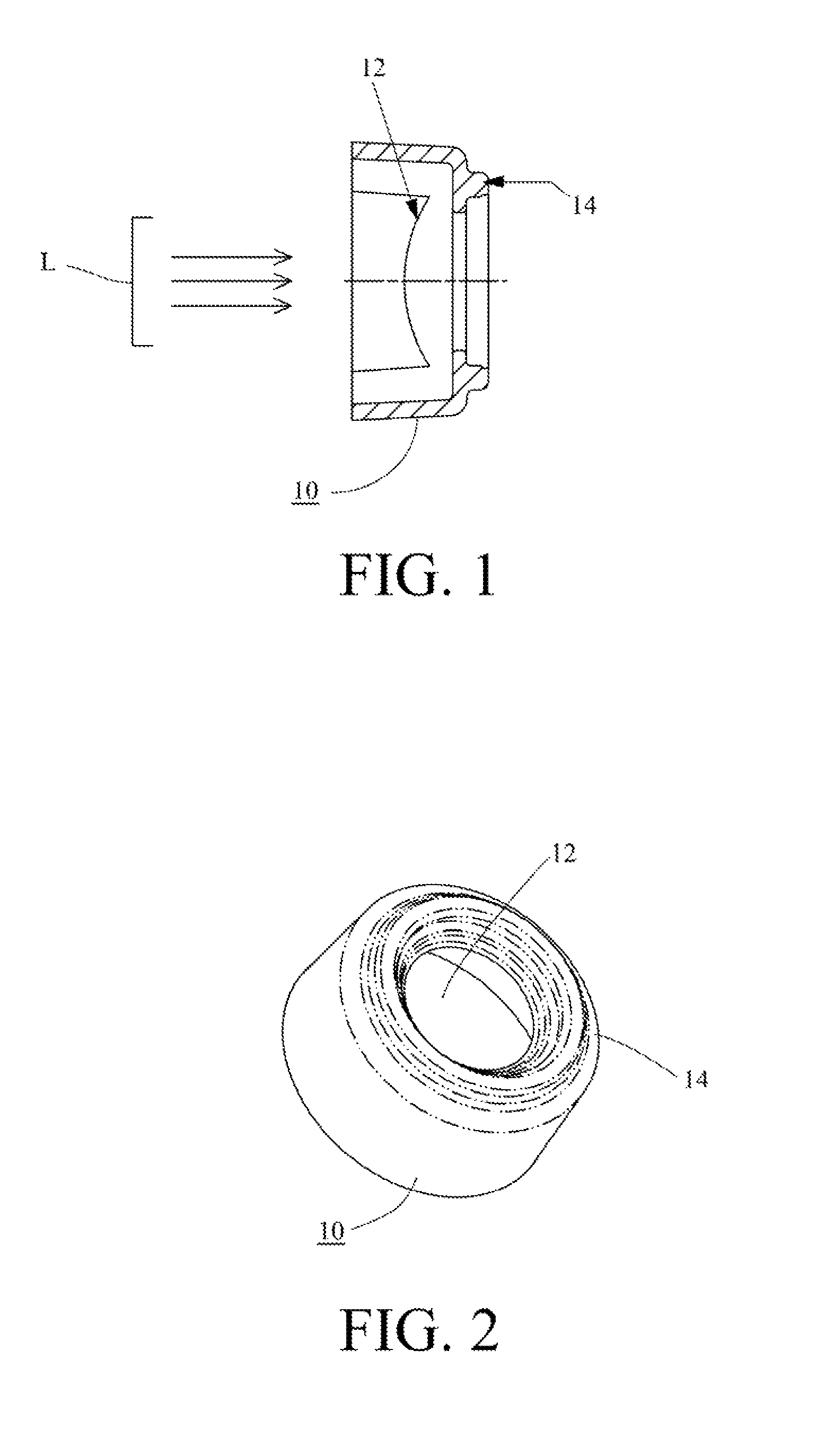Method of simultaneously cleaning and whitening teeth
a technology of applied in the field of simultaneously cleaning and whitening teeth, can solve the problems of patients only achieving modest changes in behavior and attitudes towards preventative dentistry, safe administration, etc., and achieves the effects of preventing moisture contamination of oxidizing composition, and high viscosity
- Summary
- Abstract
- Description
- Claims
- Application Information
AI Technical Summary
Benefits of technology
Problems solved by technology
Method used
Image
Examples
example 1
[0066]The ability of various oxidizing compositions to penetrate intact enamel and dentin was determined as follows. Extracted molar and pre-molar teeth were obtained from orthodontists with patient consent and stored refrigerated in phosphate buffered saline (PBS) solution at pH 6.8 until use. In order to assess the ability of various liquid carrier fluids to penetrate tooth enamel, teeth were sectioned to remove their roots and a 3 mm diameter chamber was created in the center of the sectioned crown that was filled with PBS solution. The crowns were partially immersed (chamber with PBS solution facing up) in various liquid carrier fluids and a small (1 microliter) sample of the PBS solution was drawn every 60 seconds and place on a peroxide test strip (EM Quant Strips 10337, EMD Chemicals, a division of Merck SA, Darmstadt, Germany) to determine the amount of time required for hydrogen peroxide to penetrate the tooth enamel and dentin from the outer surface of the crown to the int...
example 2
[0070]The following multi-step process was developed to provide for rapid and effective whitening of the teeth during a dental cleaning procedure.
Step 1—Acquired Pellicle Removal
[0071]Facilitating oxidizer penetration into the tooth requires a thorough removal or modification of the acquired pellicle prior to contact with the oxidizer formulation. Therefore, whether integrated into a dental prophylaxis procedure or performed as a stand-alone process, the first step in the abbreviated whitening process (after determining a starting tooth shade) must be the removal of the acquired pellicle using chemical, mechanical or (preferably) chemo-mechanical means. Once the acquired pellicle has been removed, it is important that the “cleaned” tooth enamel surface has limited contact with the patient's saliva prior to application of the oxidizer composition (see Step 2) in order to prevent reformation of the pellicle film on the exposed enamel surface. Removal or modification of the acquired pe...
example 1d
Step 3—Sealing Enamel Surface Prior to Dental Prophylaxis Procedure
[0079]In order to prevent dilution or removal of the oxidizing composition in or from the tooth enamel treated in accordance with Step 2 above, a water-resistant protective sealant is applied (and if solvent-based, allowed sufficient time for the carrier solvent to evaporate). The sealant composition may also comprise an additional oxidizing agent to provide an additional reservoir of whitening active, and / or an advanced oxidation catalyst in order to promote active oxidizing species such as hydroxyl radicals (—OH) and perhydroxyl anions (—OOH), and / or a desensitizing agent to reduce or eliminate any tooth sensitivity associated with the procedure.
Step 3a
[0080]Application of Sealant to buccal and (optionally) lingual surfaces of teeth
[0081]Sealant Composition
[0082]
IngredientPercent (w / w)Ethanol 200 proof90.0Poly (butyl methacrylate-co-(2-dimethylaminoethyl)10.0methacrylate-co-methyl methacrylate)**Eudragit E100 or EP...
PUM
| Property | Measurement | Unit |
|---|---|---|
| viscosity | aaaaa | aaaaa |
| viscosity | aaaaa | aaaaa |
| viscosity | aaaaa | aaaaa |
Abstract
Description
Claims
Application Information
 Login to View More
Login to View More - R&D
- Intellectual Property
- Life Sciences
- Materials
- Tech Scout
- Unparalleled Data Quality
- Higher Quality Content
- 60% Fewer Hallucinations
Browse by: Latest US Patents, China's latest patents, Technical Efficacy Thesaurus, Application Domain, Technology Topic, Popular Technical Reports.
© 2025 PatSnap. All rights reserved.Legal|Privacy policy|Modern Slavery Act Transparency Statement|Sitemap|About US| Contact US: help@patsnap.com



